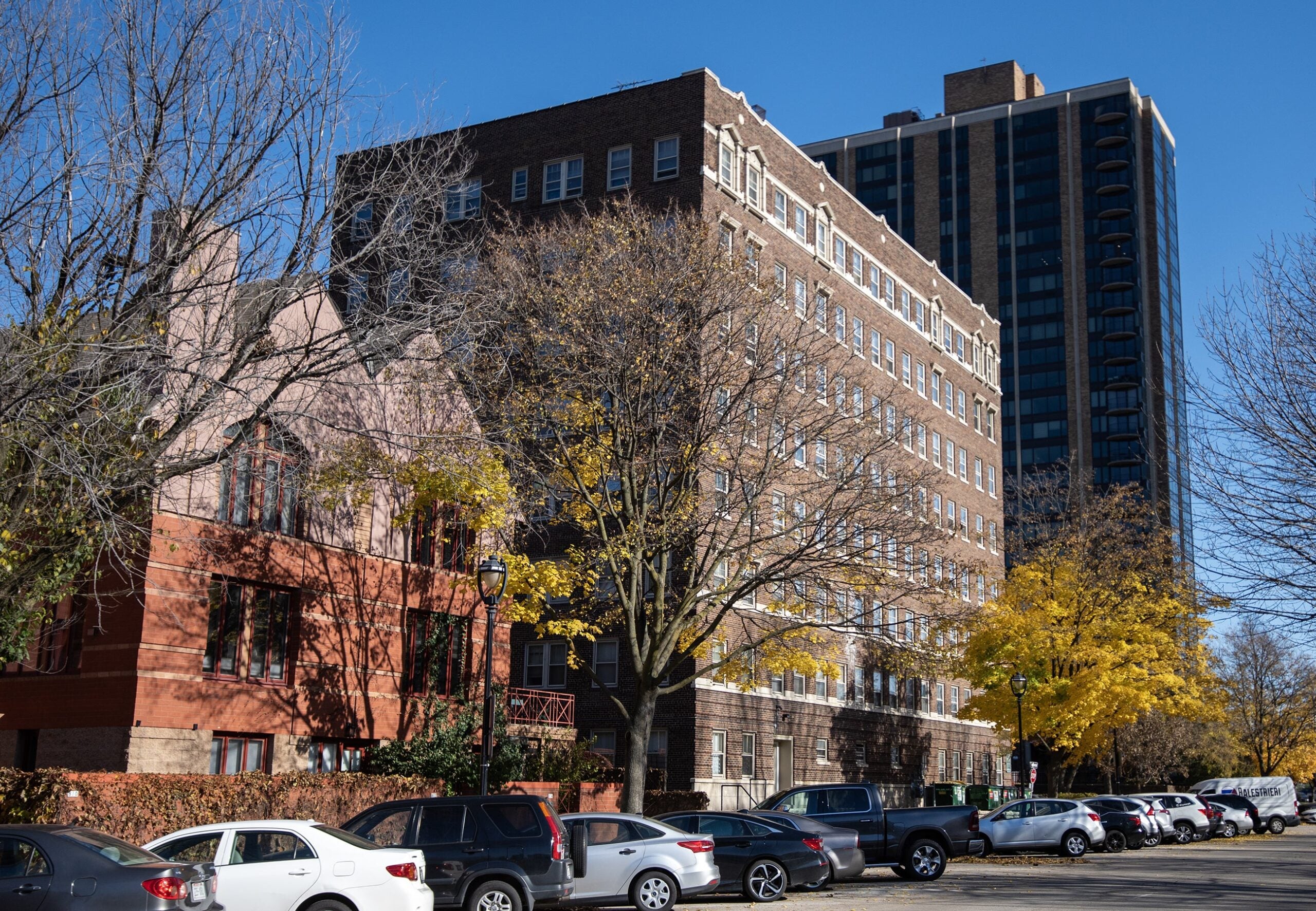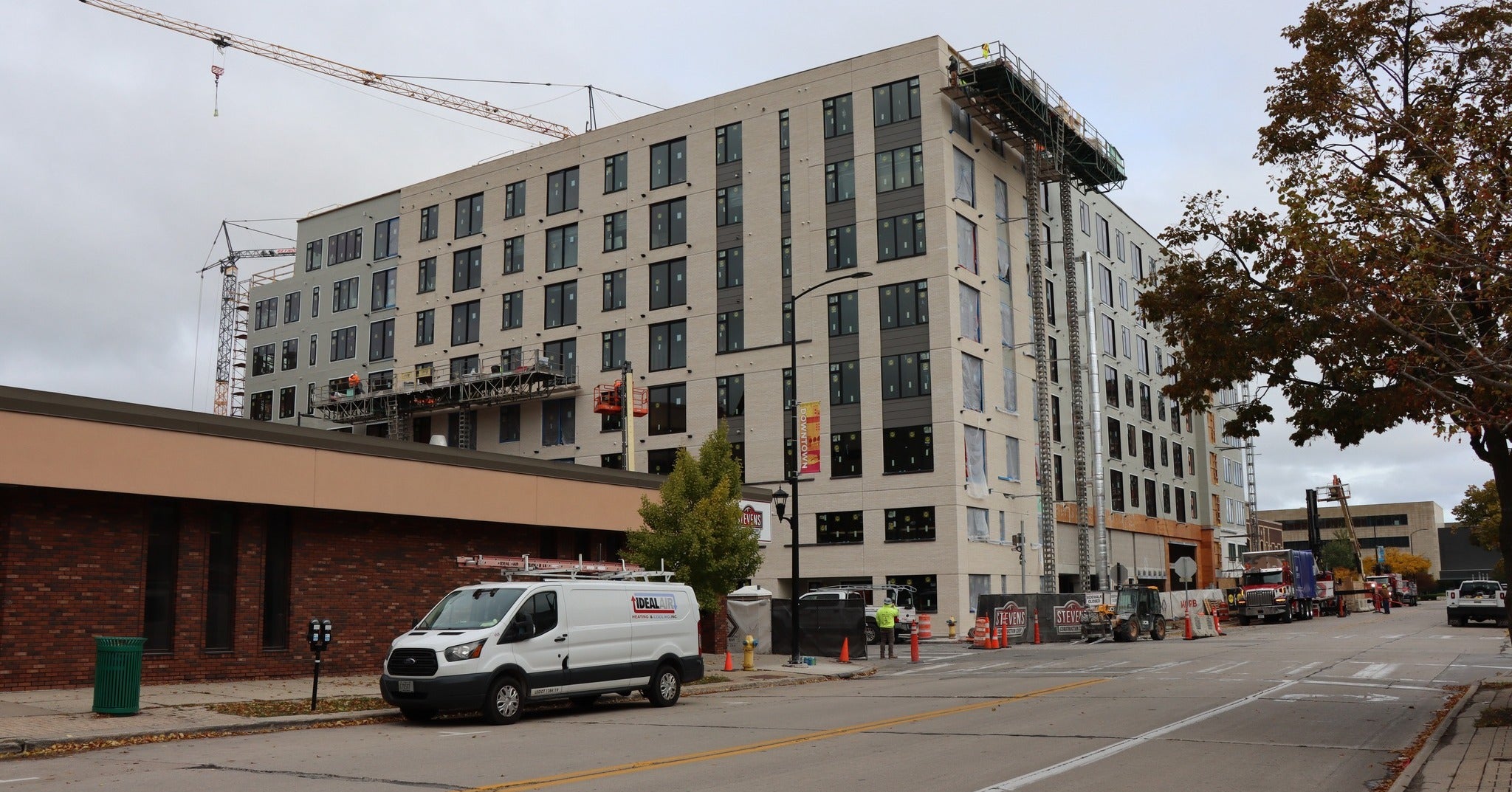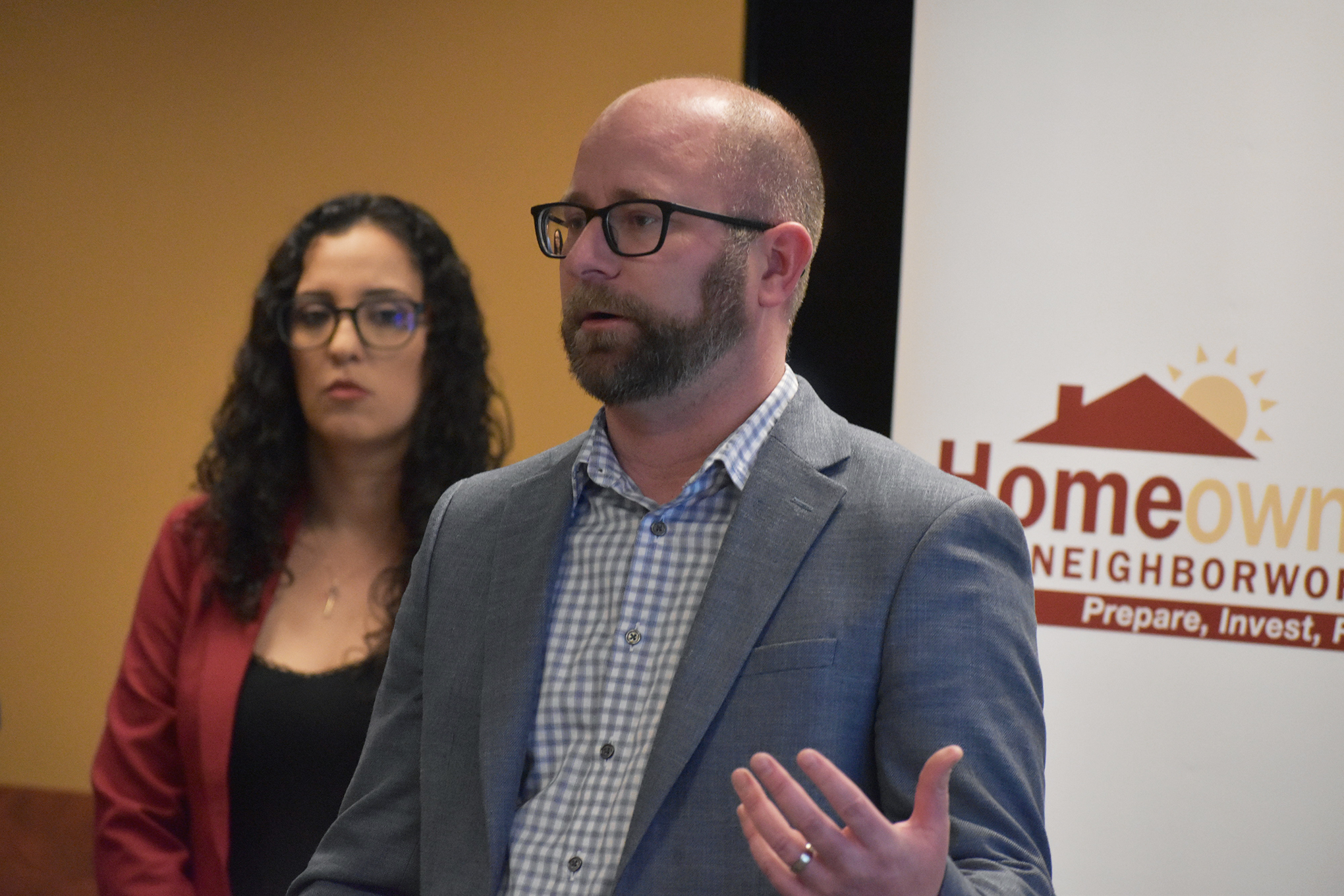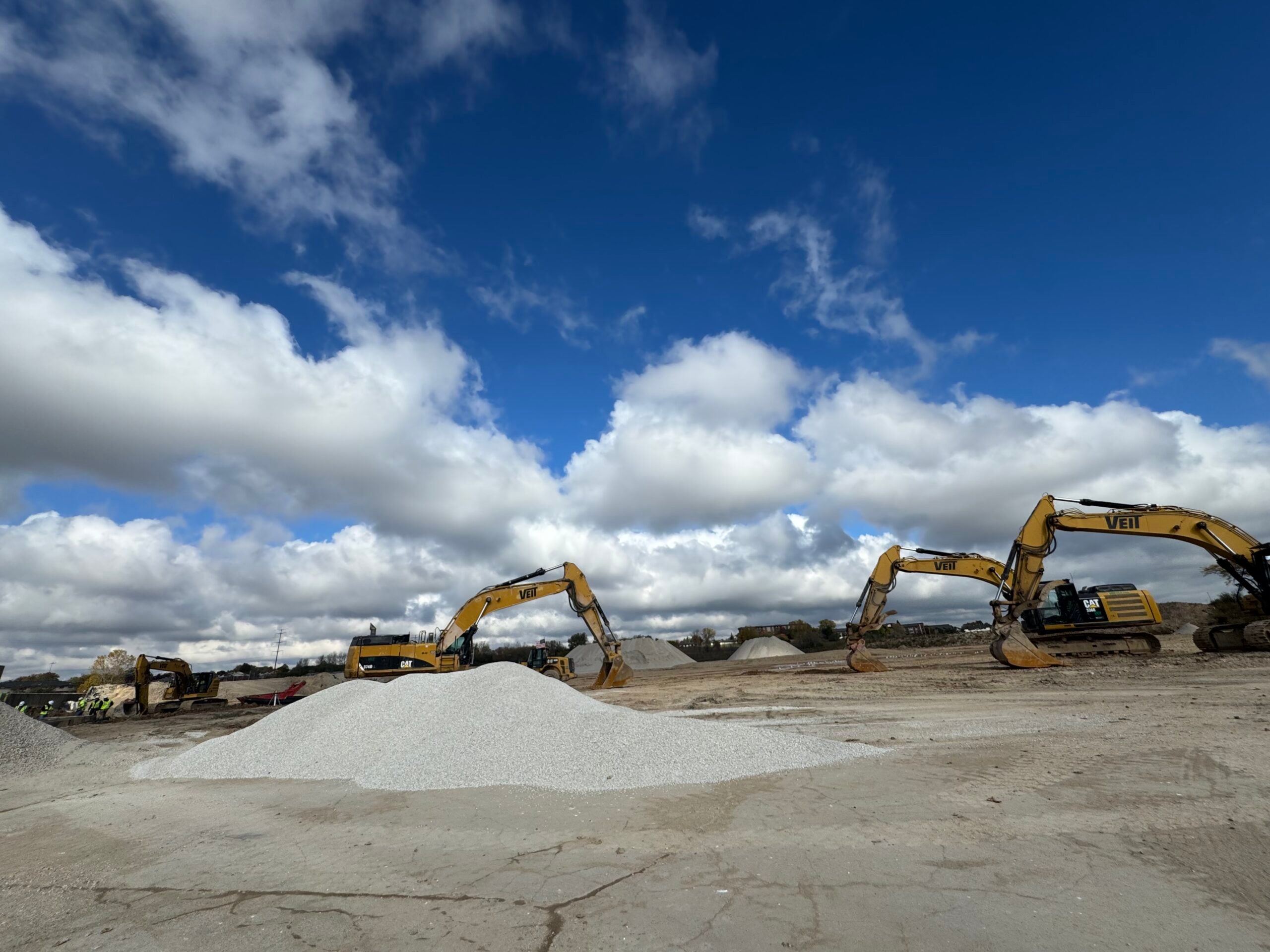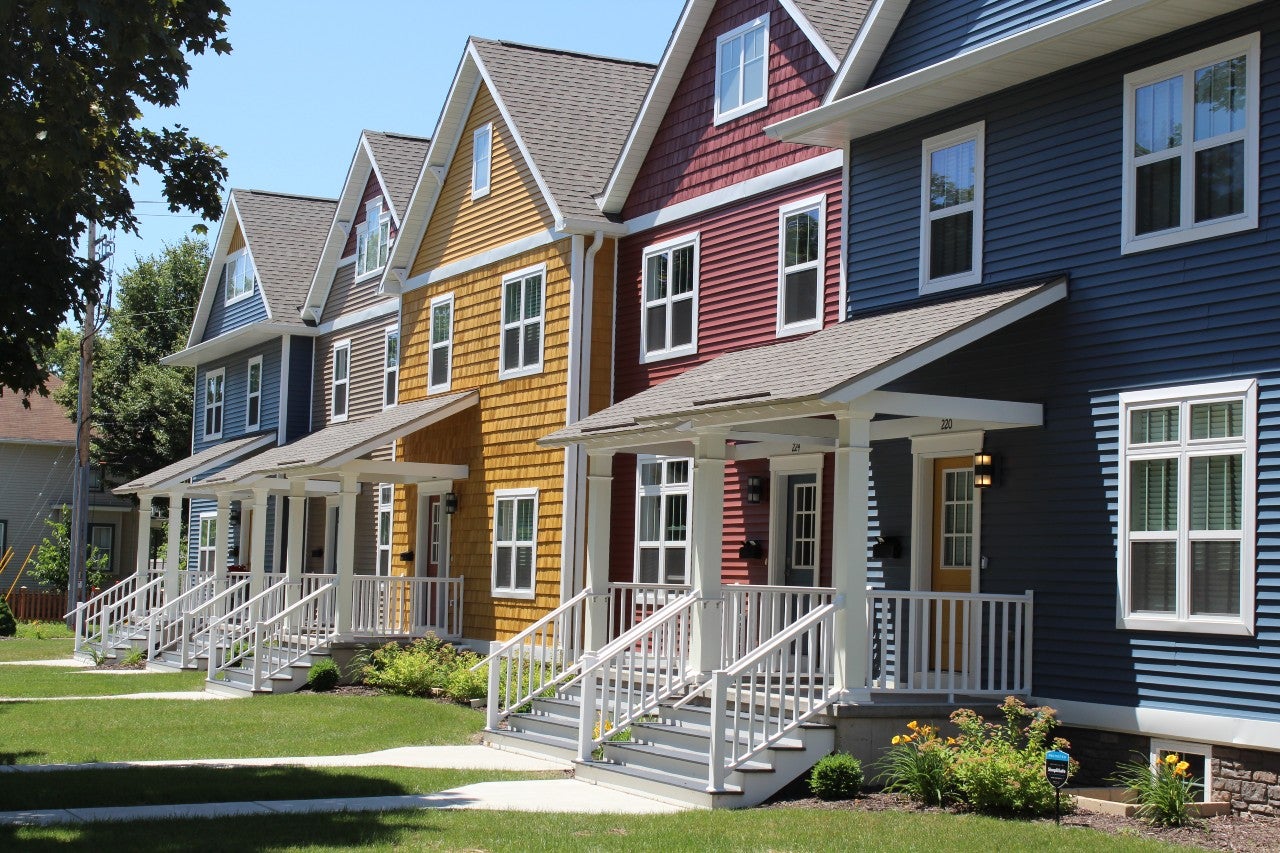A new plan calls for updating Milwaukee’s zoning code to expand housing options and increase the number of new developments throughout the city.
The initiative, called “Growing MKE,” suggests changes in the zoning code to allow for more properties like townhomes and three and fourplexes, removing mandatory parking requirements for developments and speeding up the approval process needed for new construction. Broadly, the goal is to increase the number of dense housing options in the city, with a focus on affordability.
It’s part of a larger push from the mayor to increase the city’s population to 1 million residents as well as the city’s goal to increase affordable housing options.
News with a little more humanity
WPR’s “Wisconsin Today” newsletter keeps you connected to the state you love without feeling overwhelmed. No paywall. No agenda. No corporate filter.
During an appearance on WPR’s “The Morning Show” this week, Milwaukee Mayor Cavalier Johnson said he views it as an “ambitious” plan.
“In order for Milwaukee to not be flyover country, we’ve got to work to make sure that we’re leading and that we’re on the cutting edge and that we’re creating more space to attract new people who will be residents of Milwaukee, but also having the housing in place to retain the people that we have here,” Johnson said.
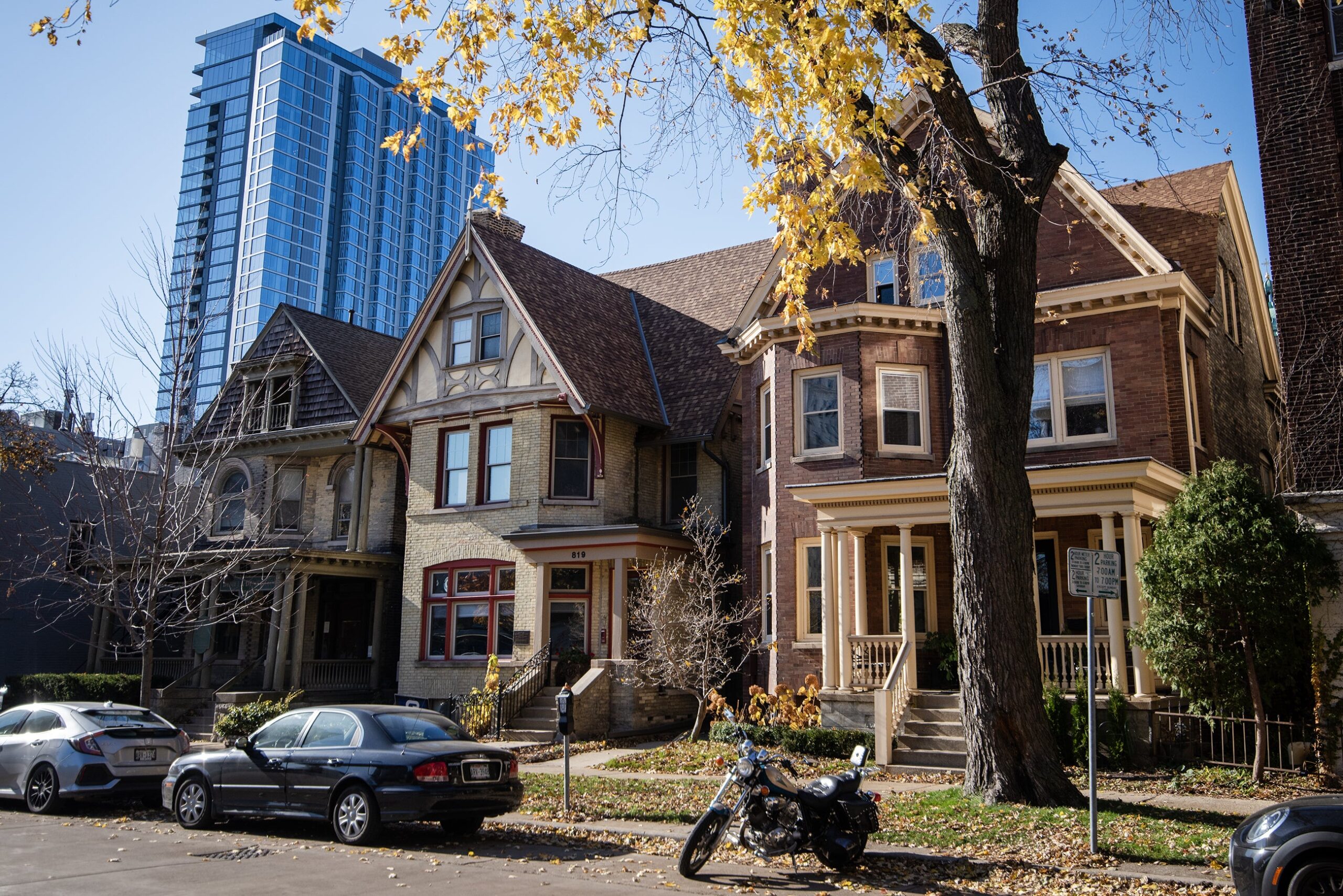
Currently, the city’s zoning code restricts some housing types, which can limit the availability of affordable housing options, according to the plan. Sam Leichting, a city planning manager, said the majority of recent construction in Milwaukee has been focused on single family homes or larger apartment buildings.
“We haven’t seen as much of the middle development, like the rest of the country, and that’s one of the things we want to address through the Growing MKE initiative,” Leichting said during a recent city meeting.
Middle development, or middle housing, refers to buildings that house more people than a single-family home, but fewer than larger apartment buildings. They often include multiple units like townhomes or accessory dwelling units, which are smaller, independent residential buildings often located on the same lot as a single-family home.
“There’s nowhere in the city right now that you can develop an accessory dwelling unit … without needing some sort of either variance or other approval,” Leichting said.
The plan, which is being prepared by the Department of City Development, says there’s a need to reintroduce developments like small apartment buildings, courtyard apartments, townhomes and other projects that “bridge the gap between single-family homes and large apartment buildings” in the zoning code. The goal is to modify the zoning code to allow for more housing options without a lengthy review process, which could lead to more of those projects being built.
“By adding more nuanced ranges of multifamily building size, along with townhomes, greater housing type diversity can be enabled in a compatible way in many parts of the city,” a draft of the plan said.
Susan Henderson, an advisor and principal at the planning and design firm PlaceMakers, helped city officials with the plan. During a city plan commission meeting, she said cottage courts, which are small buildings arranged around greenspace, could be perfect for the city of Milwaukee.
“It’s perfect for downsizing and for first time homeowners,” Henderson said. “Because they are so small they become very much more affordable.”
Removing minimum parking requirements for developments could also be another part of the plan, as different uses currently require different numbers of parking spaces. Henderson said the city should remove parking minimums along all the transit corridors in the city, for starters.
“That’s a good baby step to get more comfortable with it as you transition to getting out of the business entirely,” Henderson said.
In 2021, both St. Paul and Minneapolis fully eliminated minimum parking requirements from their zoning codes. That’s one way to make projects more affordable for homeowners or renters, advocates have said.
Leichting said zoning changes are just “one small piece of the puzzle.” He also said more than half of residential zoned parcels already allow two or more units.
“We’re starting from a good place of progressive planning that calls for dense and urban development that you see across a lot of city neighborhoods,” Leichting said.
The plan would need to be approved by the Milwaukee Common Council. It’s in the beginning stages now and will be discussed by various city committees in the coming weeks and months.
Wisconsin Public Radio, © Copyright 2026, Board of Regents of the University of Wisconsin System and Wisconsin Educational Communications Board.
